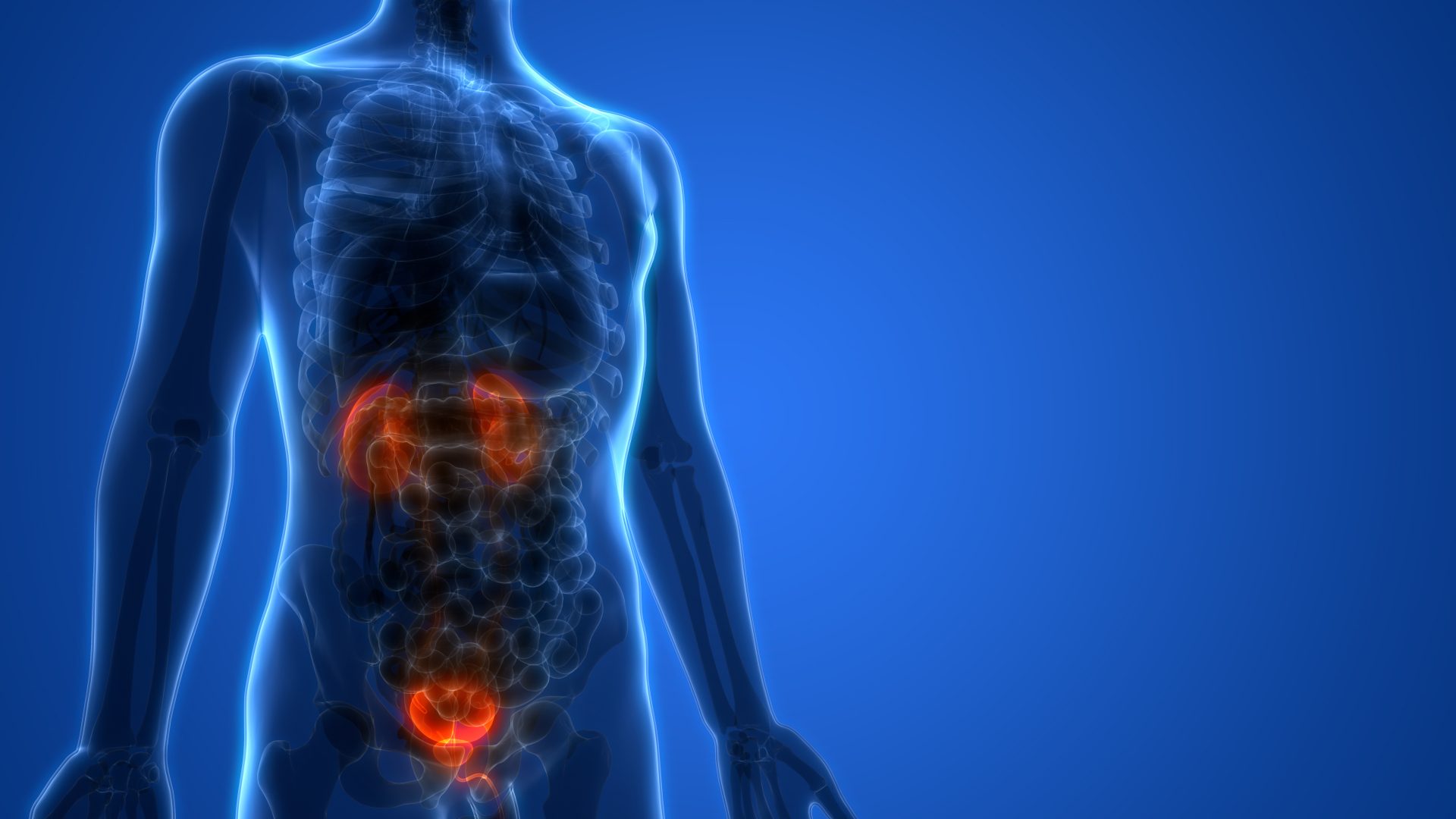One of the unseen side effects of spinal cord injuries is a loss of bladder control. Many people with spinal cord injuries (SCI) have to take drugs to control their bladders, but unfortunately they come with lots of side effects, writes Tom Elphick, SpinalCure community ambassador.
Urinating is surprisingly complex and requires multiple signals from the brain to happen.
Neurostimulation could be another way for people to control their bladders, and a group of researchers in New Zealand have done an extensive review of the research to see if it could.
The systematic review, published in May this year, showed that neurostimulation helped improve bladder control in people with sub-acute spinal cord injury (SCI)—that is people who have had their injury within the last 12 months. This suggests that for people with acute injuries, neurostimulation, or transcutaneous electrical stimulation, can aid bladder control.
By contrast, neurostimulation did not appear to improve bladder control in people with chronic SCI, that is, more than 12 months after their injury. However, the authors recommend more research in this area to determine how useful neurostimulation is for bladder control., as many of the studies are quite different or of poor quality.
“This systematic review shows how important further research is—not just to show how effective—or not—neurostimulation is for bladder control, but also to guide doctors, physiotherapists and other health professionals on when to use the treatment.
“We are currently trialling neurostimulation to see how effective it is in improving walking in incomplete paraplegics. However, as part of this, we hope to see how it might improve other aspects of people’s injury,” said Duncan Wallace, Executive Director of SpinalCure.
“Given this trial is of the highest quality—a randomised, double blind trial—this will help to provide better evidence, and ultimately, if successful, support the rollout of the treatment to the community,” he added.
The other good news from this review is that there were no side effects from neurostimulation which means it is safe to use.
What is a systematic review?
In medical research, the highest standard of evidence is a systematic review.
This is where researchers ask a particular question such as “does electrical stimulation help with neurogenic bladder after spinal cord injury?” and try to answer that question using already published articles.
They use multiple databases and look for every article that has been published that asks the same or a very similar question and review the outcomes of each study to find if they all say the same thing.
A meta-analysis is when they combine all the numerical results and determine if the numbers back up an answer of “yes, this works” or “no, this doesn’t work”. Essentially, these types of studies tell doctors, physiotherapists and other health professionals if a drug or a therapy actually works.
How are the results used?
While the results of this study might be a bit of a letdown, they are actually quite useful. They help clinicians and researchers answer some of their own questions such as “Is it good enough to use in my patients?” or “Should we invest more money into researching this technology?”. Answering these questions helps the medical community to decide on which therapies they are going to use to help the most people.
Find out more about our neurostimulation trial.

